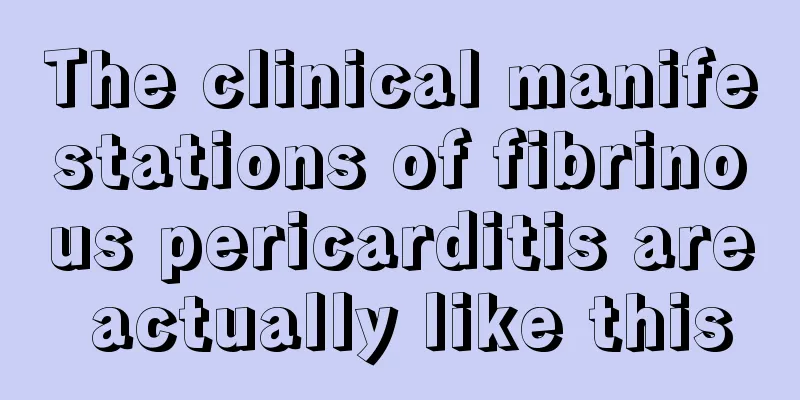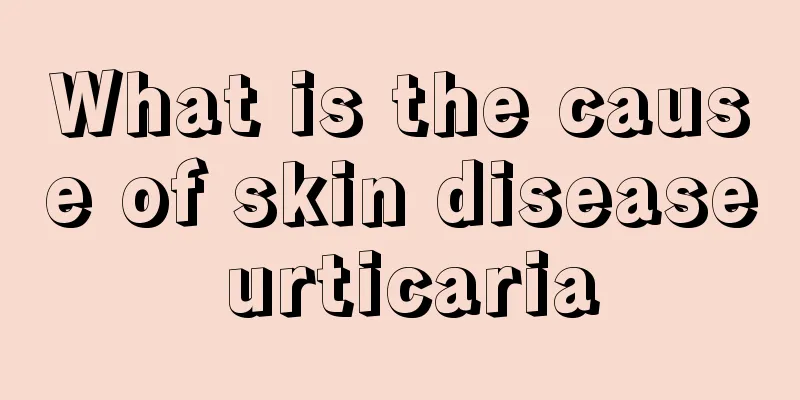Why does a stroke occur?

|
Every disease has its cause, so when we find that we have a disease, we cannot blindly choose a treatment method. We must choose a treatment method that suits us according to the cause of the disease. This will be of great help in improving the disease. So what are the causes of stroke? There are many reasons, and such diseases are also more troublesome to treat. Many people don’t know the specific causes of stroke. The following is a detailed introduction so that more of us can have a good understanding of this disease. In normal times, we can also take some preventive measures to avoid suffering from this disease. Causes of Stroke: Stroke here refers to cerebral stroke, which is acute cerebrovascular disease. Because most of its onset is relatively sudden, it is also called "cerebrovascular accident" and often called "stroke". Any disease that causes cerebral blood circulation disorders and damage to brain tissue function or structure due to cerebral blood vessel blockage or rupture can be called a stroke. Therefore, stroke can be roughly divided into two categories, namely ischemic stroke and hemorrhagic stroke, which generally refers to ischemia or hemorrhage in the cerebral arterial system. Ischemic stroke accounts for 60% to 70% of the total number of stroke patients, mainly including cerebral thrombosis and cerebral embolism. The former is caused by arterial stenosis, which gradually forms a blood clot in the lumen and eventually blocks the artery. The latter is caused by blockage of arteries by abnormal substances in the bloodstream called emboli, such as emboli that break off from blood clots in the heart of some heart patients. Whether it is cerebral thrombosis or cerebral embolism, it can be called "cerebral infarction." Some patients suffer from ischemic stroke due to gradual narrowing and eventual occlusion of cerebral arterioles, with neither blood clots nor emboli in the lumen. This condition is also called cerebral infarction. In addition, there are some patients whose cerebral blood vessels are not actually blocked, but only temporarily ischemic, which can also cause symptoms of transient brain damage, called transient ischemic attack, commonly known as "mini-stroke" or "mini-stroke." Hemorrhagic stroke accounts for 30% to 40% of stroke patients, and is divided into cerebral hemorrhage and subarachnoid hemorrhage according to the location of bleeding. Cerebral hemorrhage, commonly known as "cerebral hemorrhage", is caused by rupture of an artery in the brain, causing blood to overflow into the brain tissue. Subarachnoid hemorrhage is a rupture of a blood vessel on the surface or base of the brain, with blood flowing directly into the subarachnoid space and cerebral canal containing cerebrospinal fluid. Through the above explanation, we have some understanding of the causes of stroke. When suffering from such a disease, we must actively seek treatment, which will help improve the disease. In terms of diet, we should mainly eat light food and eat more vegetables, which will also help blood circulation. |
<<: How to treat cysts and which method is most suitable?
>>: What are the symptoms of neurasthenia?
Recommend
What are the symptoms of mucositis?
The oral mucosa is a simple skin tissue, and comp...
Soybean oil fat content
Edible oil is an indispensable thing in our daily...
Can the black stains on teeth caused by smoking be removed?
Whether male or female, they are all addicted to ...
How long does it take for appendicitis to heal
Appendicitis is a disease problem in which the ap...
How to heal tension headaches on their own and how to treat them
Tension headaches are very common in clinical pra...
To prevent prostate cancer, men should eat more vegetables
The incidence of prostate cancer in our country i...
What are the symptoms of gastroenteritis
Gastroenteritis is a common gastrointestinal dise...
The efficacy and role of mugwort in life
There are many common plants in life. When choosi...
Is it better to wash your face with warm water or cold water?
I believe that female friends all pay great atten...
How long can you live with colorectal cancer
How long can a person live with colorectal cancer...
How long after teratoma surgery can I get pregnant and have a baby
It is recommended to wait 3-6 months after terato...
Treatment methods for cervical precancerous lesions What are the symptoms of cervical precancerous lesions
Cervical cancer is not cancer at the beginning. I...
Physiological functions of iron
Iron is the most indispensable element in our bod...
The efficacy and contraindications of sweet potatoes
Sweet potatoes are grown in many areas of our cou...









